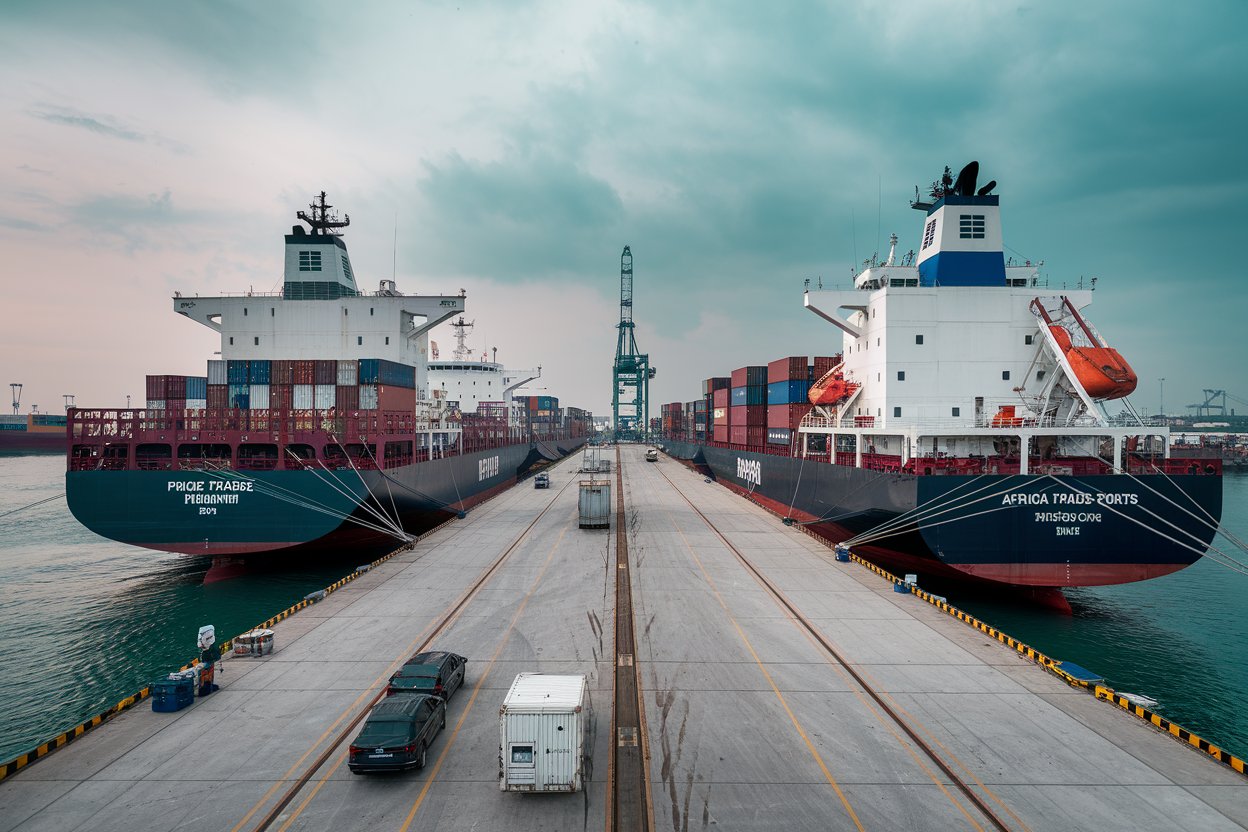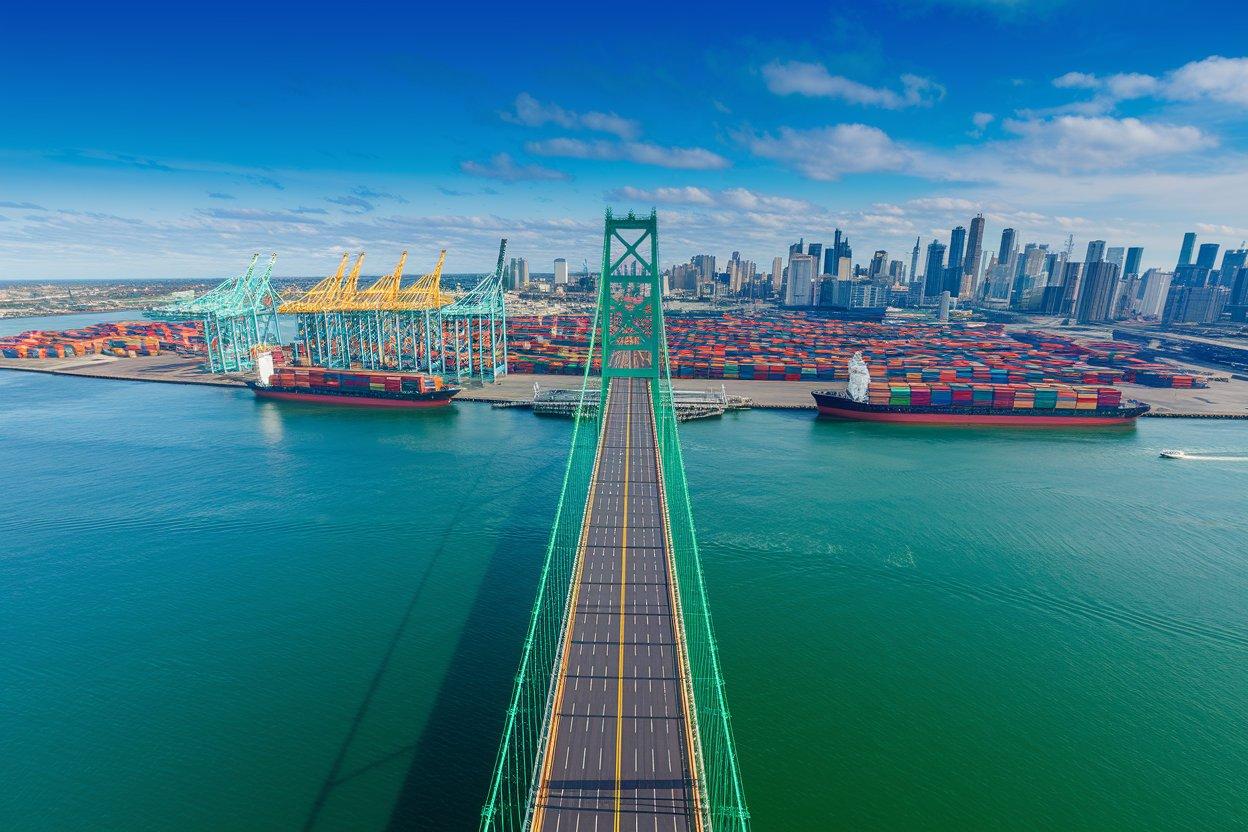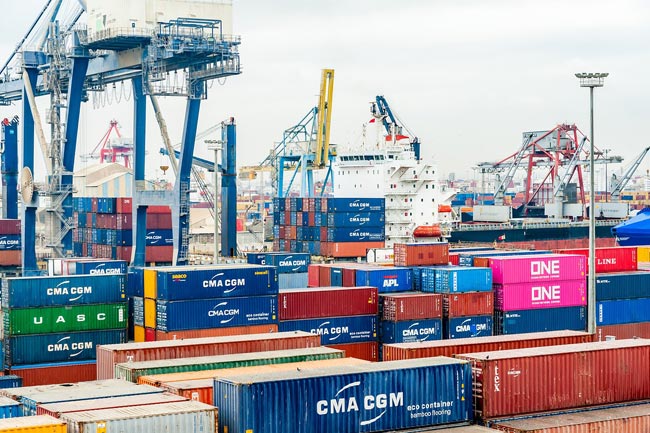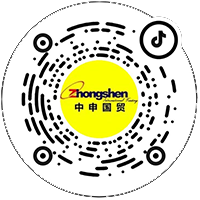- 20 Years of Expertise in Import & Export Solutions
- +86 139 1787 2118
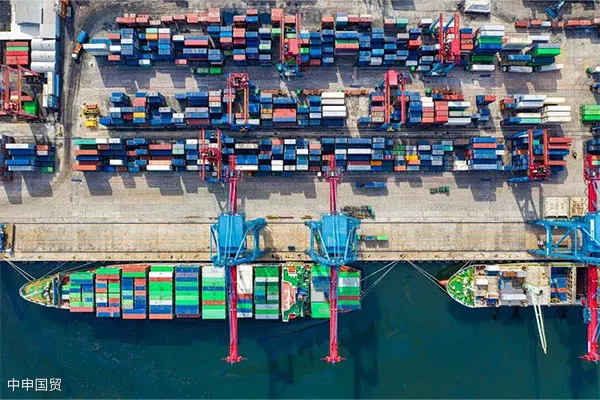
Importing Electrical Equipment: The Path to Customs Clearance in a Complex Trade Environment
In today's globalized business landscape, the trade of imported electrical equipment is becoming increasingly frequent. However, the international trade situation is volatile, and the regulations and policies of different markets vary, which poses many challenges to importing electrical equipment. For many enterprises, how to smoothly complete the import process in a complex environment and ensure the safe and efficient arrival of goods is an important issue that needs to be addressed urgently.
Challenges and Opportunities in the Context of International Trade
The current international trade situation presents a complex picture. On the one hand, with the rise of trade protectionism, various countries have introduced stricter trade policies and regulations, and both tariff and non-tariff barriers are constantly increasing. For example, some countries have set strict technical standards and certification requirements for electrical equipment, which undoubtedly increases the difficulty and cost of importation. On the other hand, the deep integration of the global economy has also brought new opportunities. With the advancement of the "Belt and Road" initiative, trade between countries along the route has become closer, opening up a broader market for imported electrical equipment. The Russian and Southeast Asian markets, in particular, hold huge potential.
In the Russian market, with its gradual economic recovery, the demand for electrical equipment continues to grow. In the Southeast Asian region, the rapid industrialization and urbanization process has also led to a rising demand for electrical equipment. However, these two markets also have their own characteristics and challenges, which require importers to have a deep understanding and proper response.
Document Handling: The Key Link in Importing Electrical Equipment
Document handling is a crucial part of the process of importing electrical equipment. Accurate and complete documentation is the foundation for smooth customs clearance. When importing electrical equipment, common documents include the commercial invoice, bill of lading, packing list, and?Certificate of Origin?Books, quality inspection certificates, etc.
The commercial invoice should detail information such as the description, quantity, value, and price terms of the goods. For example, if the CIF (Cost, Insurance and Freight) price term is used, the invoice must clearly show the specific amounts for the cost of the goods, insurance, and freight. The bill of lading, as the document of title, must be filled out accurately, including key information such as the shipper, consignee, notify party, goods description, and container and seal numbers. The packing list should detail the specific situation of the goods in each package to facilitate customs inspection.
For imported electrical equipment, the certificate of origin is particularly important. Different countries may have different trade agreements. For example, the "China-ASEAN Free Trade Agreement" signed between China and ASEAN countries allows goods that meet the agreement's requirements to enjoy preferential tariff treatment. In this case, the certificate of origin is an important document for enjoying these tariff preferences. At the same time, electrical equipment usually requires a quality inspection certificate to prove that it complies with the quality standards of the importing country.
During the document handling process, it is recommended that importers communicate with their suppliers in advance to ensure the accuracy and timeliness of the documents. At the same time, a sound document review system should be established to carefully check every document to avoid cargo detention or extra costs due to documentation issues.
Logistics Arrangement: Ensuring Safe and Timely Delivery of Goods
Logistics arrangements are directly related to whether the imported electrical equipment can arrive at its destination on time and safely. When choosing a logistics method, factors such as the nature, quantity, and delivery time of the goods need to be considered comprehensively. For high-value, fragile goods like electrical equipment,?Ocean shipping?and?Air freight?is a common choice.
Sea freight has the advantages of large volume and low cost, but the transport time is relatively long. If the quantity of goods is large and the delivery time is relatively flexible, sea freight is a more suitable choice. During sea transport, it is important to choose the right shipping company and route to ensure the stability of the transport. At the same time, the goods should be properly packaged to prevent damage during transport. For example, for precision electrical equipment, shock-proof and moisture-proof packaging materials can be used.
Air freight, on the other hand, is fast and has strong timeliness, making it suitable for goods with tight delivery schedules. However, air freight costs are relatively high, and there are certain restrictions on the weight and volume of the goods. When choosing air freight, it is necessary to confirm the space and flight information with the airline in advance to ensure the goods can be shipped in a timely manner. In addition, whether by sea or air, adequate cargo insurance should be purchased to cover potential loss or damage to the goods.
During the logistics transport process, it is also necessary to pay attention to the tracking and monitoring of the goods. Through modern logistics information technology, importers can have real-time knowledge of the location and transport status of their goods, and promptly discover and resolve any potential problems.
Russian market: VTB?Foreign exchange settlement?Unique advantages
The Russian market has a huge demand for imported electrical equipment. In trade with Russia, settlement is a key link.?Zhong Shen?We have the convenience of VTB settlement for the Russian market.
Settlement of exchange, simply put, is the process of converting foreign exchange income into the national currency at a certain exchange rate. In trade with Russia, VTB Bank plays an important role. VTB Bank is a large state-owned bank in Russia with an extensive business network and rich experience in international settlement. Settling through VTB Bank has the following advantages: firstly, its settlement process is relatively convenient, which can speed up the recovery of funds. Secondly, VTB Bank is more familiar with the local regulations, policies, and market conditions in Russia, which can effectively avoid settlement risks caused by policy changes or information asymmetry.
The specific settlement process is as follows: after the importer completes the import of the goods and receives the foreign exchange payment from the Russian side, they submit the relevant documents to China. China then forwards the documents to VTB Bank, which will review them. After confirmation, the bank will convert the foreign exchange into RMB at the day's exchange rate and pay the funds to the importer. This settlement method through VTB Bank provides strong support for importers' trade activities in the Russian market.
It is recommended to choose based on transportation distance and product characteristics:?Import/export?Process and Solution
The Southeast Asian region covers multiple countries, and the import and export processes and regulatory policies of each country are slightly different, but there are certain similarities overall. The following takes Indonesia as an example to detail the process of importing electrical equipment.
- Pre - preparation: The importer first needs to determine the HS code (commodity code) of the imported product to accurately understand the relevant tariff rates, regulatory conditions, and other information. At the same time, a detailed trade contract must be signed with the supplier, clarifying the rights and obligations of both parties, including the quality standards, price, delivery time, and payment method of the goods.
- Import declaration: Before the goods arrive at the Indonesian port, the importer needs to entrust a local customs broker to make an import declaration. The customs broker will prepare the customs declaration form based on the documents provided by the importer, such as the commercial invoice, bill of lading, and packing list, and submit it to Indonesian customs. Customs will review the declaration form and documents, and if necessary, inspect the goods.
- Payment of customs duties and taxes: Based on the tariff rate determined by the HS code, the importer needs to pay the corresponding customs duties and other taxes. In Indonesia, in addition to customs duties, VAT and consumption tax may also be involved. The importer can pay the taxes through an electronic payment system or bank transfer.
- Goods release: After customs has reviewed the documents, inspected the goods, and confirmed that the taxes have been paid, the goods will be released. The importer can then arrange for the goods to be transported from the port to the designated location.
In terms of export, the process is relatively similar. The exporter must first ensure that the goods comply with Indonesia's quality standards and certification requirements. Then, they prepare the relevant documents, such as the commercial invoice, packing list, bill of lading, and certificate of origin, and make an export declaration to Chinese customs. After the customs review is passed, the goods can be loaded and shipped.
For the Southeast Asian market, China can provide professional solutions. In document handling, we help importers accurately prepare and review documents to ensure they comply with local regulatory requirements. In logistics arrangements, with our extensive experience and broad logistics network, we choose the most suitable mode of transport and route to reduce logistics costs. At the same time, China will promptly pay attention to changes in the policies and regulations of various Southeast Asian countries, providing importers with the latest trade information and advice to help them avoid risks.
Product Certification Services: Assistance, Not Full-Service.
When importing electrical equipment, product certification is an essential step. Different countries have different certification requirements for electrical equipment. For example, Russia implements GOST certification to ensure that imported electrical equipment complies with Russia's safety and quality standards. In Southeast Asia, there are certifications such as SNI in Indonesia and SIRIM in Malaysia.
Although China does not directly provide certification services, it will fully inform clients of the required certifications and assist them in handling them. We will provide a detailed list of the required certifications based on the regulations of the importing country and provide clients with information and contact details for relevant certification bodies. At the same time, during the certification process, we will assist clients in preparing relevant materials and answer their questions to ensure a smooth certification process.
Product certification is not only related to whether the goods can be successfully imported, but also to consumer safety and market access. Importers should attach great importance to product certification and plan in advance to ensure that the certification procedures are completed before the goods arrive in the destination country.
In summary, importing electrical equipment in a complex international trade situation requires professional document handling, reasonable logistics arrangements, an understanding of the settlement advantages in different markets, and a proper response to product certification issues. China, with its professional capabilities in the import?Export Agency?service field, can provide importers with comprehensive support and solutions, helping them to conduct business smoothly in the international market.
Recommended for You
- How to Choose an Export Agent? 15 Key Questions You Must Understand for 2025 Foreign Trade Services
- How to Get Tax Rebates for Entrusted Export Agency? These 8 Key Questions Must Be Understood in Advance
- How to Operate Import and Export Agency? 2025 Latest Full Analysis of Agency Services
- How to Find an Export Agent? These 7 Key Questions Must Be Understood in Advance!
- How to Choose an Export Agency? Have You Considered These Key Questions?
Resources
Contact Us
Email: service@sh-zhongshen.com
Recommended for You
Contact via WeChat
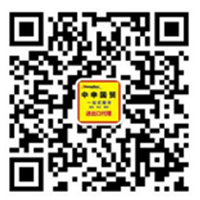
? 2025. All Rights Reserved.
